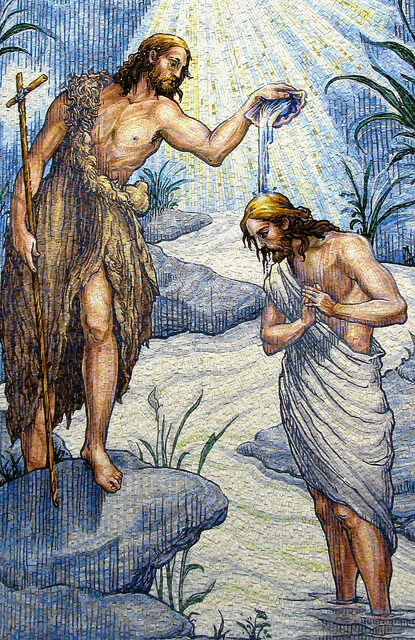2005. That “father” signifies that it would be from the Lord Himself, is evident from the signification of “father,” as just explained, namely, that whatever was from the Father was from Him, because they were one. Every man’s internal is from his father, and his external from his mother; or what is the same thing, the soul itself is from the father, and the body with which the soul is clothed is from the mother. The soul together with the body, although two, make a one; for the soul is the body’s, and the body is the soul’s; and therefore they are inseparable. The Lord’s internal was from the Father, and therefore was the Father Himself, and hence it is that the Lord says that “the Father is in Him;” also, “I am in the Father and the Father in Me;” also, “He that seeth Me seeth the Father; I and the Father are one;” as may be seen in the passages cited above. In the Word of the Old Testament also the Lord is called “the Father,” as in Isaiah:
Unto us a Child is born, unto us a Son is given; and the government shall be upon His shoulder; and His name shall be called Wonderful, Counselor, God, Hero, the Father of Eternity, the Prince of Peace (Isaiah 9:6).
It is evident to everyone that the “Child” born to us and the “Son” given to us is the Lord, who is called the “Father of Eternity.” Again in Isaiah:
Thou art our Father, for Abraham knoweth us not, and Israel doth not acknowledge us. Thou, O Jehovah, art our Father, our Redeemer, from eternity is Thy name (Isaiah 63:16); where also it is the Lord who is called “Jehovah our Father,” for there is no other “Redeemer.”
In Malachi:
Have we not all one Father? Hath not one God created us? (Malachi 2:10).
To “create” denotes to regenerate (as shown in Part First, n. 16, 88, 472). Besides that everywhere in the Word of the Old Testament, by “Jehovah” is meant the Lord, because all the rites of the church represented Him; and in the internal sense all things in the Word regard Him.







